Commentaries
Your Present Location: Teacher_Home> Wang Wen> CommentariesU.S. scholar: Military dialogue between China and the United States is crucial as China’s modernization advances beyond expectations
U.S. scholar: Military dialogue between China and the United States is crucial as China’s modernization advances beyond expectations
Source: ECNS
Update: Nov 24th, 2025
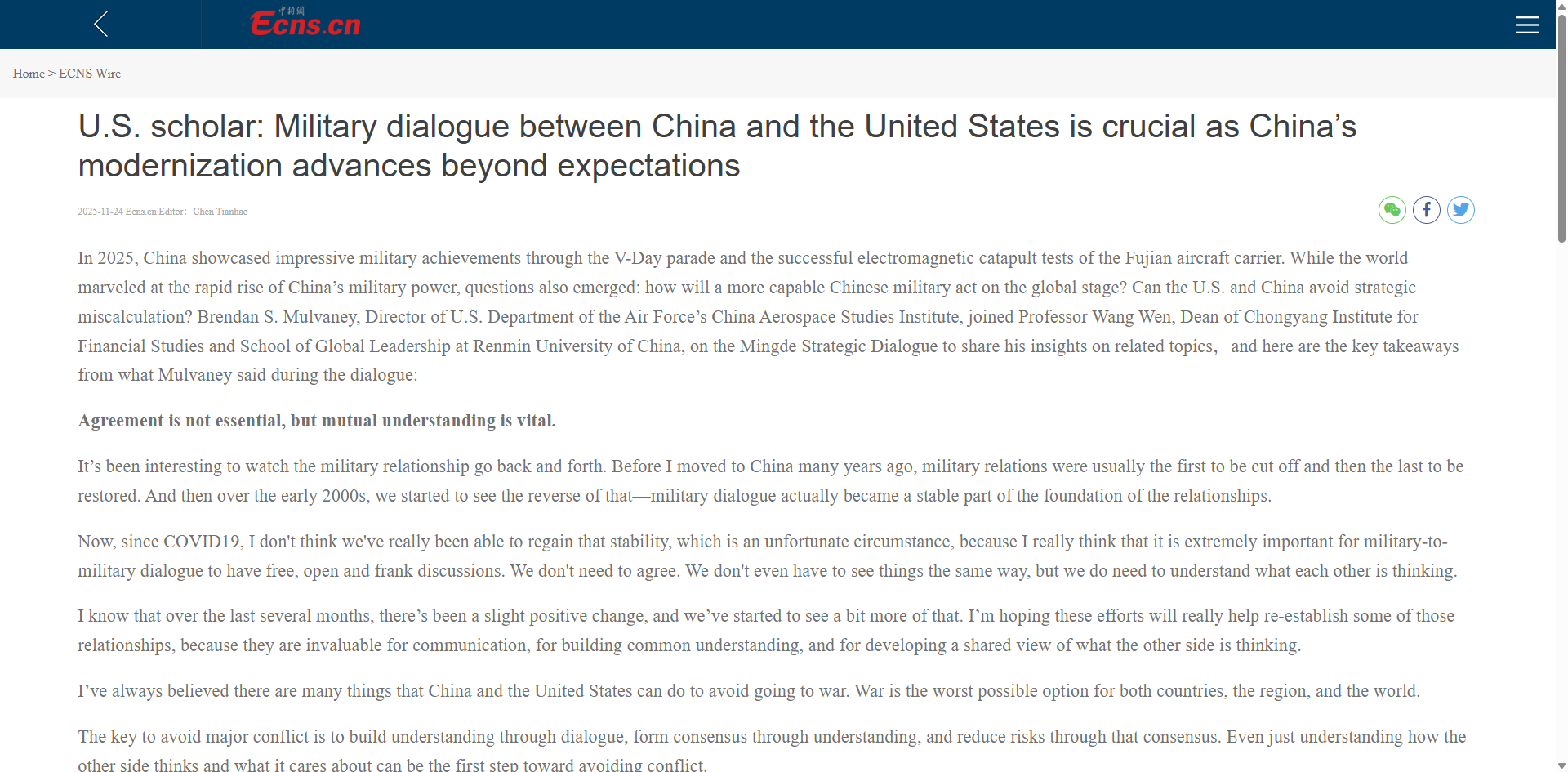
In 2025, China showcased impressive military achievements through the V-Day parade and the successful electromagnetic catapult tests of the Fujian aircraft carrier. While the world marveled at the rapid rise of China’s military power, questions also emerged: how will a more capable Chinese military act on the global stage? Can the U.S. and China avoid strategic miscalculation? Brendan S. Mulvaney, Director of U.S. Department of the Air Force’s China Aerospace Studies Institute, joined Professor Wang Wen, Dean of Chongyang Institute for Financial Studies and School of Global Leadership at Renmin University of China, on the Mingde Strategic Dialogue to share his insights on related topics,and here are the key takeaways from what Mulvaney said during the dialogue:
Agreement is not essential, but mutual understanding is vital.
It’s been interesting to watch the military relationship go back and forth. Before I moved to China many years ago, military relations were usually the first to be cut off and then the last to be restored. And then over the early 2000s, we started to see the reverse of that—military dialogue actually became a stable part of the foundation of the relationships.
Now, since COVID19, I don't think we've really been able to regain that stability, which is an unfortunate circumstance, because I really think that it is extremely important for military-to-military dialogue to have free, open and frank discussions. We don't need to agree. We don't even have to see things the same way, but we do need to understand what each other is thinking.
I know that over the last several months, there’s been a slight positive change, and we’ve started to see a bit more of that. I’m hoping these efforts will really help re-establish some of those relationships, because they are invaluable for communication, for building common understanding, and for developing a shared view of what the other side is thinking.
I’ve always believed there are many things that China and the United States can do to avoid going to war. War is the worst possible option for both countries, the region, and the world.
The key to avoid major conflict is to build understanding through dialogue, form consensus through understanding, and reduce risks through that consensus. Even just understanding how the other side thinks and what it cares about can be the first step toward avoiding conflict.
China's V-Day parade was more than a military ceremony. It was a mirror reflecting the depth and speed of China’s military modernization. It demonstrated China’s achievements and long-term accumulation in science, organization, and strategy.
The parade displayed the results of years of investment, especially the investment in people. China has continuously invested in engineers, scientists, and military researchers and has efficiently translated scientific research into military capability through its “military–civil fusion” strategy. From hypersonic weapons to unmanned systems in the air, on the sea, and underwater, from space and information-support forces to cyber and aerospace capabilities — all show a systemic development. The first public presentation of China’s nuclear triad especially demonstrated that its strategic capability has advanced far faster than many have expected.
To truly understand the evolution of China’s military, we must remain in dialogue with China. We should discuss some key questions: for example, what do we think about artificial intelligence (AI) controlling nuclear weapons, or AI being used to direct aircraft and swarms of unmanned aerial vehicles? These are matters of security as well as questions about how humanity defines the boundaries of warfare.
Cooperation remains possible between the Chinese and U.S. militaries.
Artificial intelligence is the key variable in future military competition. And I think both the United States and China have an interest in making sure that we humans are the ones controlling any escalation of a crisis or a conflict, and not letting computers or an outside agency make those decisions for us. This means both sides need to develop a shared understanding of key concepts and cooperate on and have a discussion about, without influencing our national security.
In-depth discussions on topics such as artificial intelligence, nuclear control, and unmanned operations can help reduce risks and contribute to stability across the globe. If we can build a basic level of mutual trust on these issues, we can gradually expand the space for cooperation.
I believe there is still broad room for cooperation between China and the United States. If we can figure out a way to work together to stop the war in Ukraine and to get that resolved peacefully and return to the status quo ante, that would be another thing that I think both China and the United States can use their leverage and influence on the military side, but also on the diplomatic and economic side. We can work together for stability, and then build those small building blocks of that relationship so that we can then build on to bigger things between our two countries.
At the regional level, honestly, I don’t think that China is likely to start a conflict anytime in the next five years. Of course, questions and issues like Taiwan and in the East and South China Seas remain sensitive, but as long as dialogue continues, we can prevent tensions from escalating.
As space assets grow more critical, protecting them remains a major challenge
Space is becoming the new frontier of major power competition. It will become increasingly valuable, and I think it is highly likely to play a major role in the future. But for now, it remains very fragile. We must ensure that space remains usable, free, and open for all humankind, and that it does not become a new domain of conflict.
From a technological perspective, China has made remarkable progress in space exploration. I even believe that China will be the first to put people back on the moon.
China has done a good job, through military-civil fusion, of leveraging its scientific and commercial capabilities to support its military. Of course, the United States still has a sizable advantage, and it will keep that lead for at least the next five years, both technologically and in sheer numbers. But leadership is never a foregone conclusion. There’s nothing that says the United States will always have a commanding lead in space or in the military. China has really shown the strength of long term planning for programs, plans, policies and financial support, and it's going to do those hard things. From the Moon to Mars, from scientific research to development, China has built a system capable of continuously pushing the limits.
It ultimately comes down to who can make better use of technology and human capital to protect their national interests, rather than who possesses more weapons. There is absolutely a chance that China will achieve its goal of building a world-class military by the middle of this century, reaching a level comparable to that of the United States in several areas. If China can stay on the path of peaceful development and avoid unnecessary conflicts, it has every capability to achieve this goal. The journey will be difficult, but it is certainly within reach.
What I would hope for the world in 2050 is that we have a stable environment with fewer active conflicts.
The great powers, whether individual nations or groups, will have figured out how to manage crises and conflicts without resorting to military means, relying instead on diplomacy, economics, and technology to resolve differences.
Dialogue is more powerful than confrontation, and understanding brings greater security than fear. I firmly believe that as long as China and the United States maintain open communication, they will be able to avoid conflict amid competition and preserve stability despite their differences.
Key Words: China-U.S., Military, Modernization











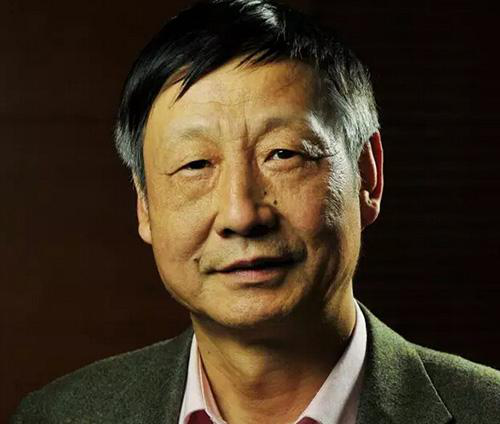
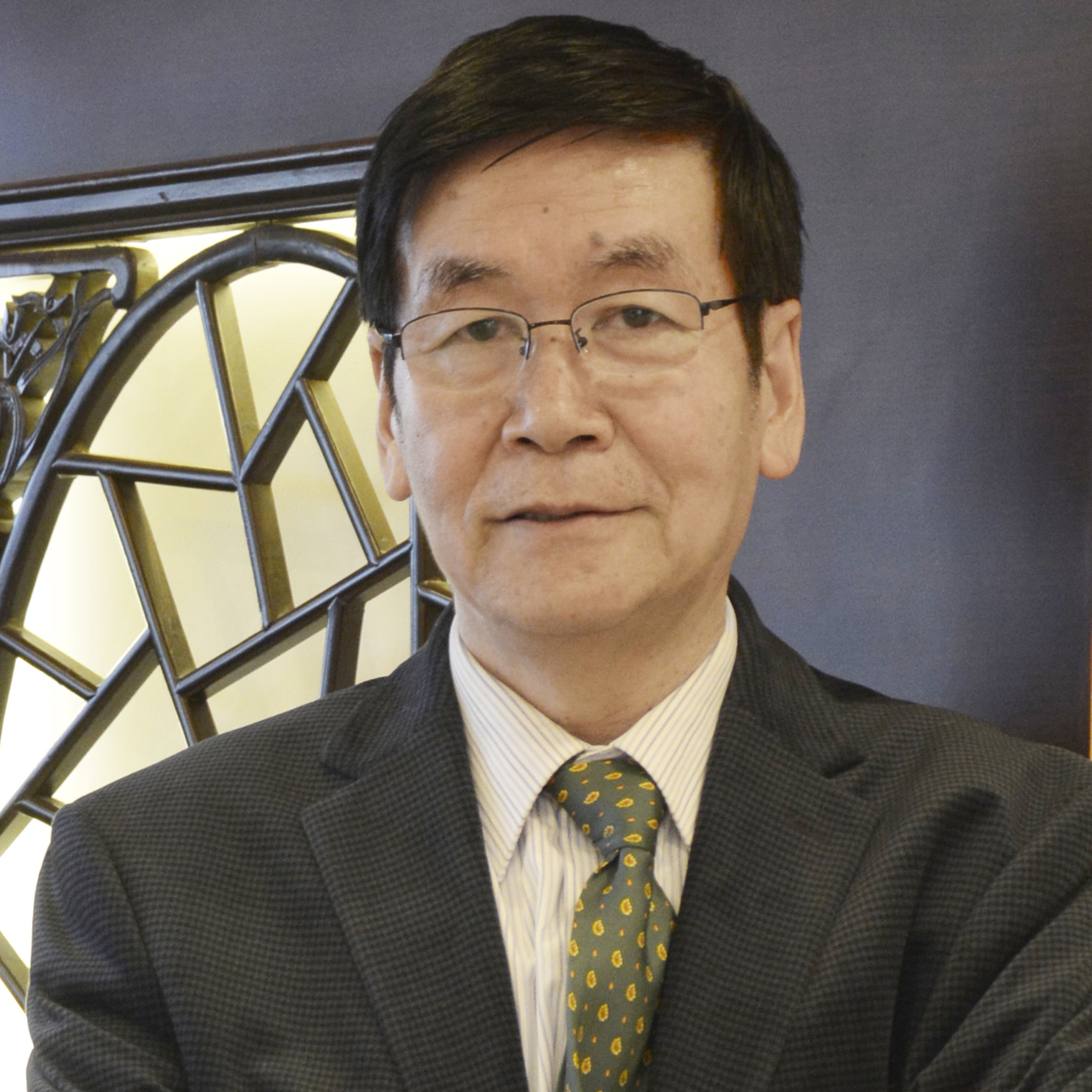


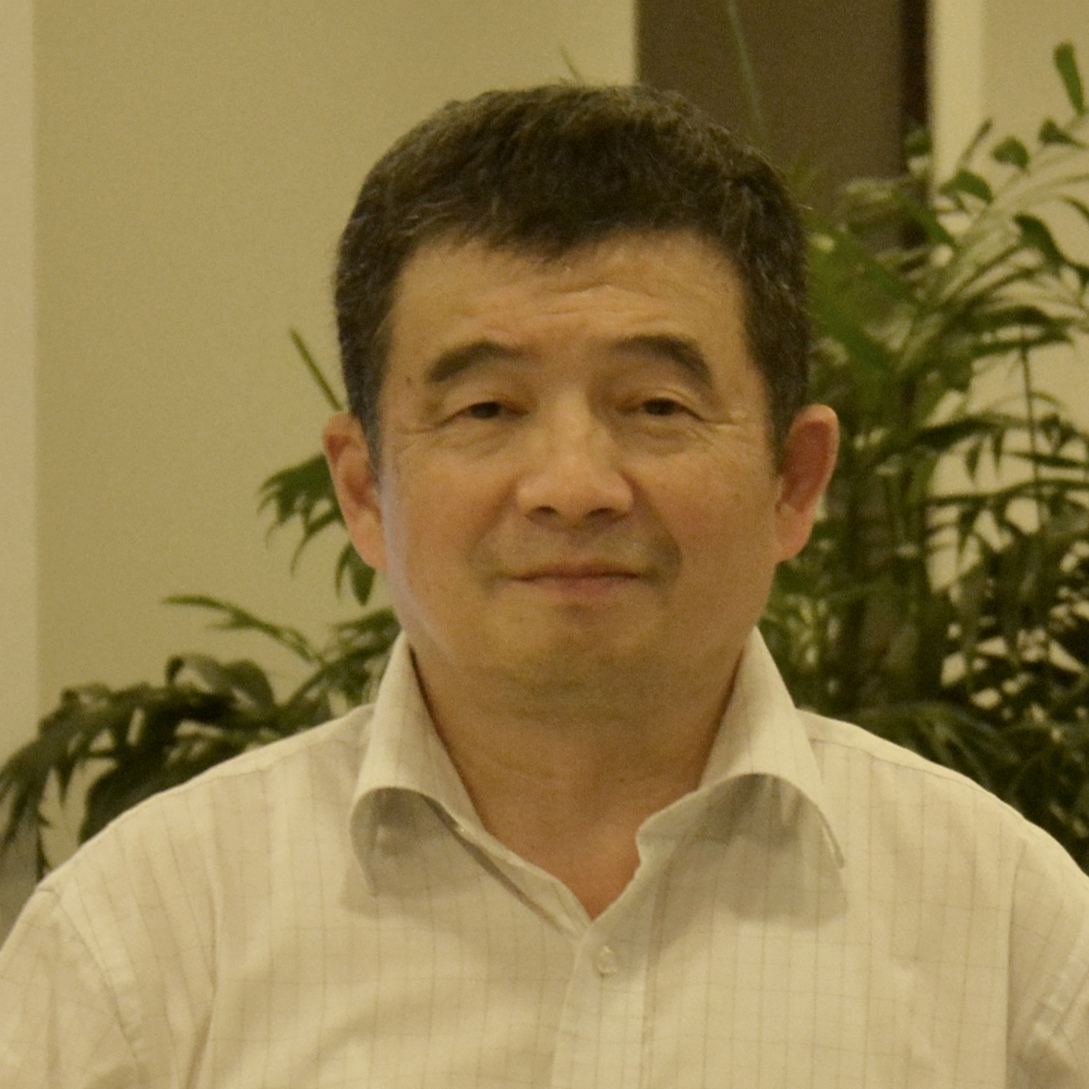
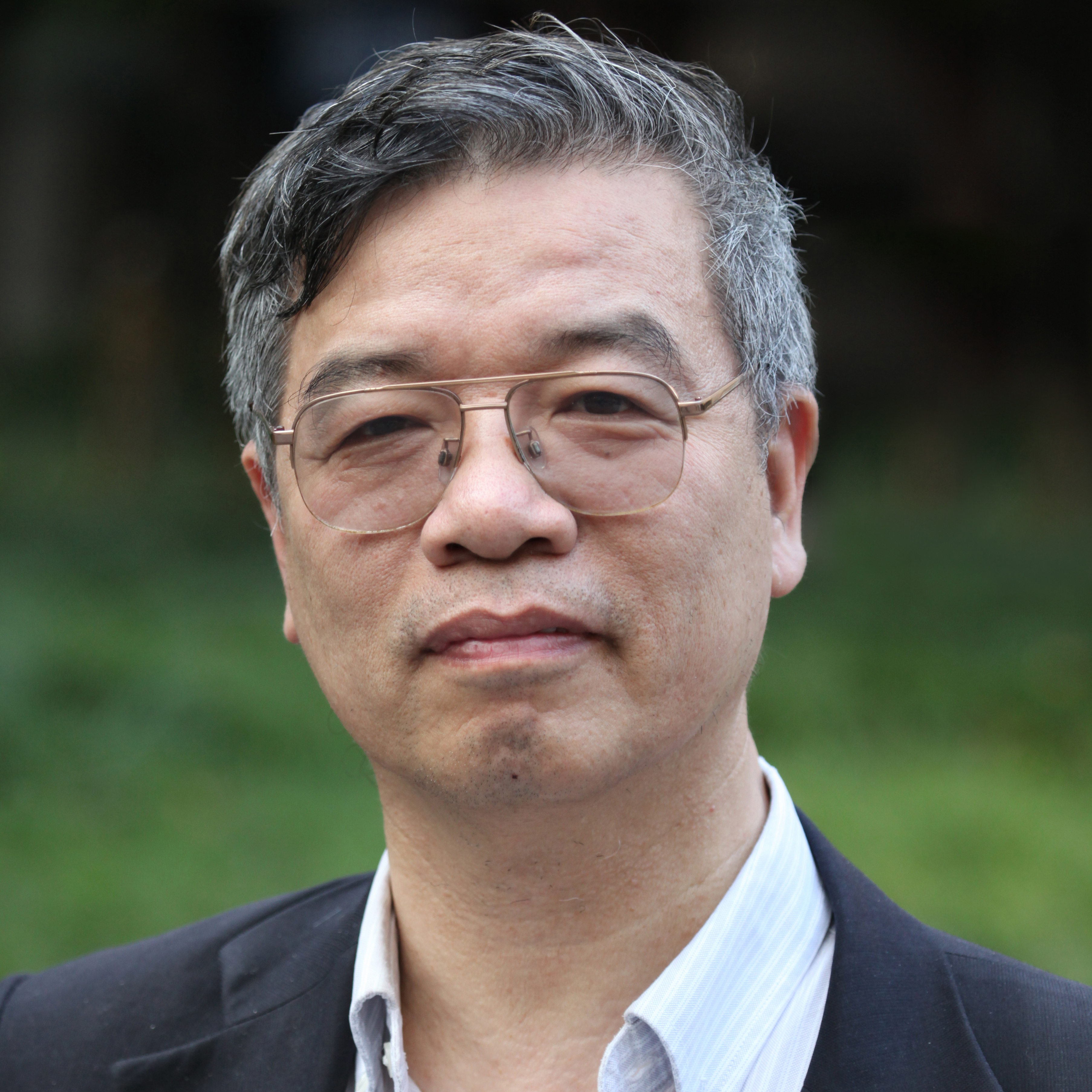










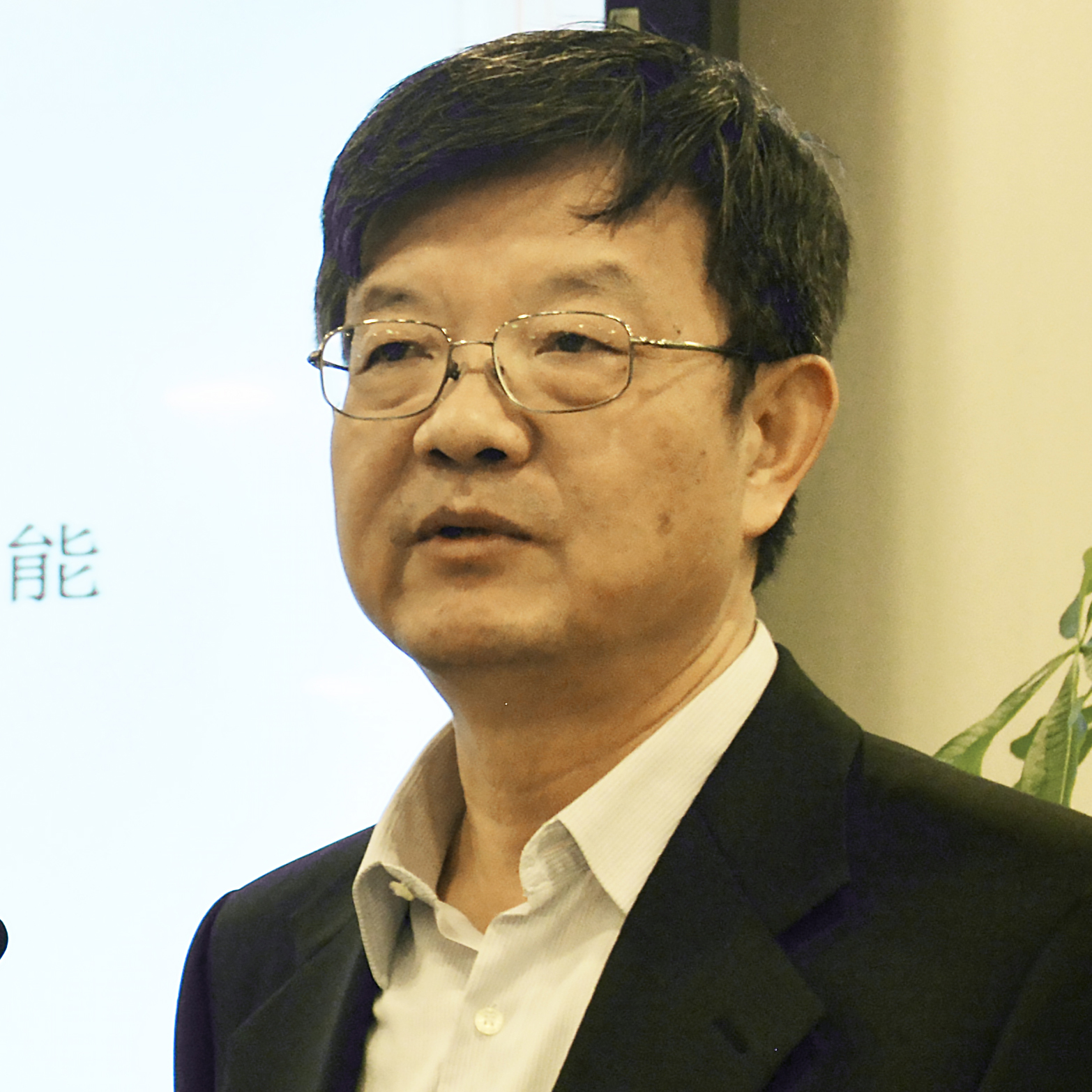


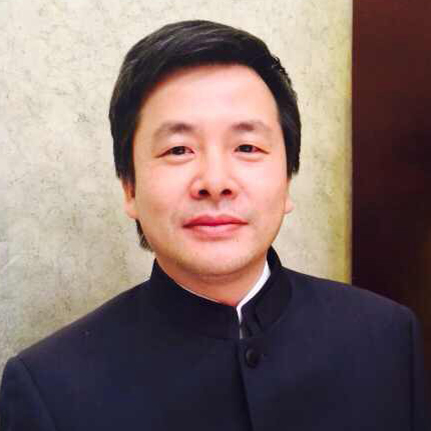
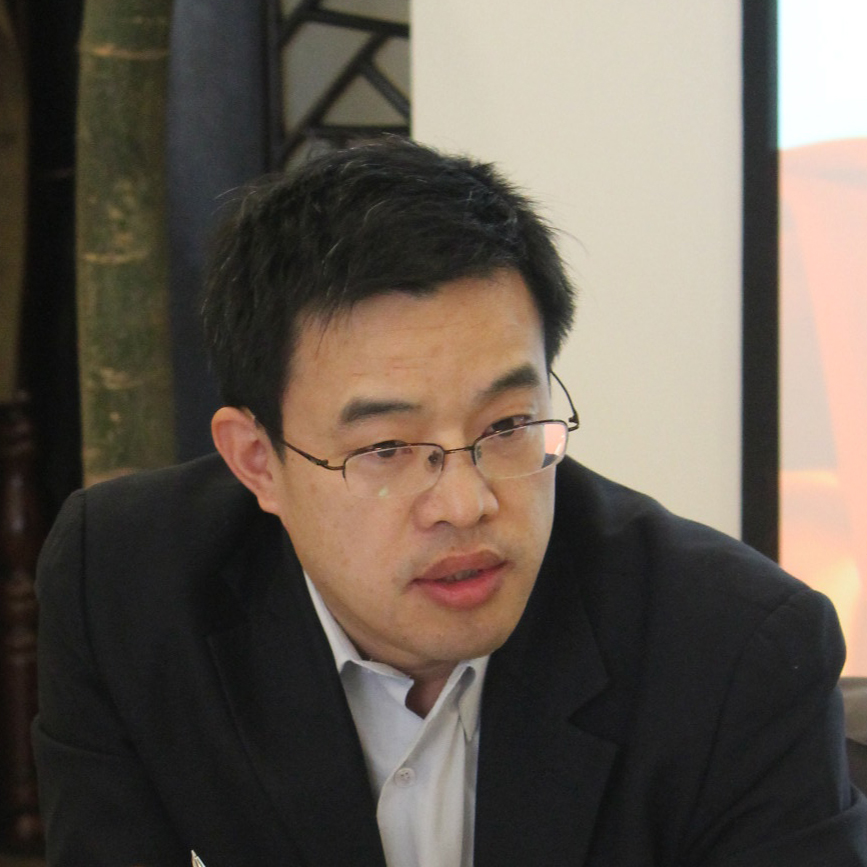

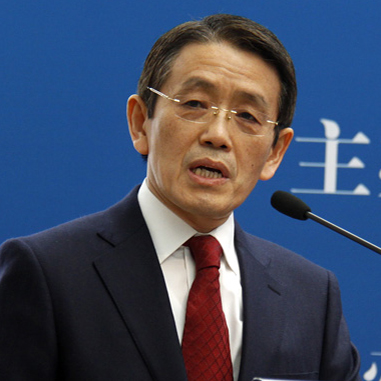

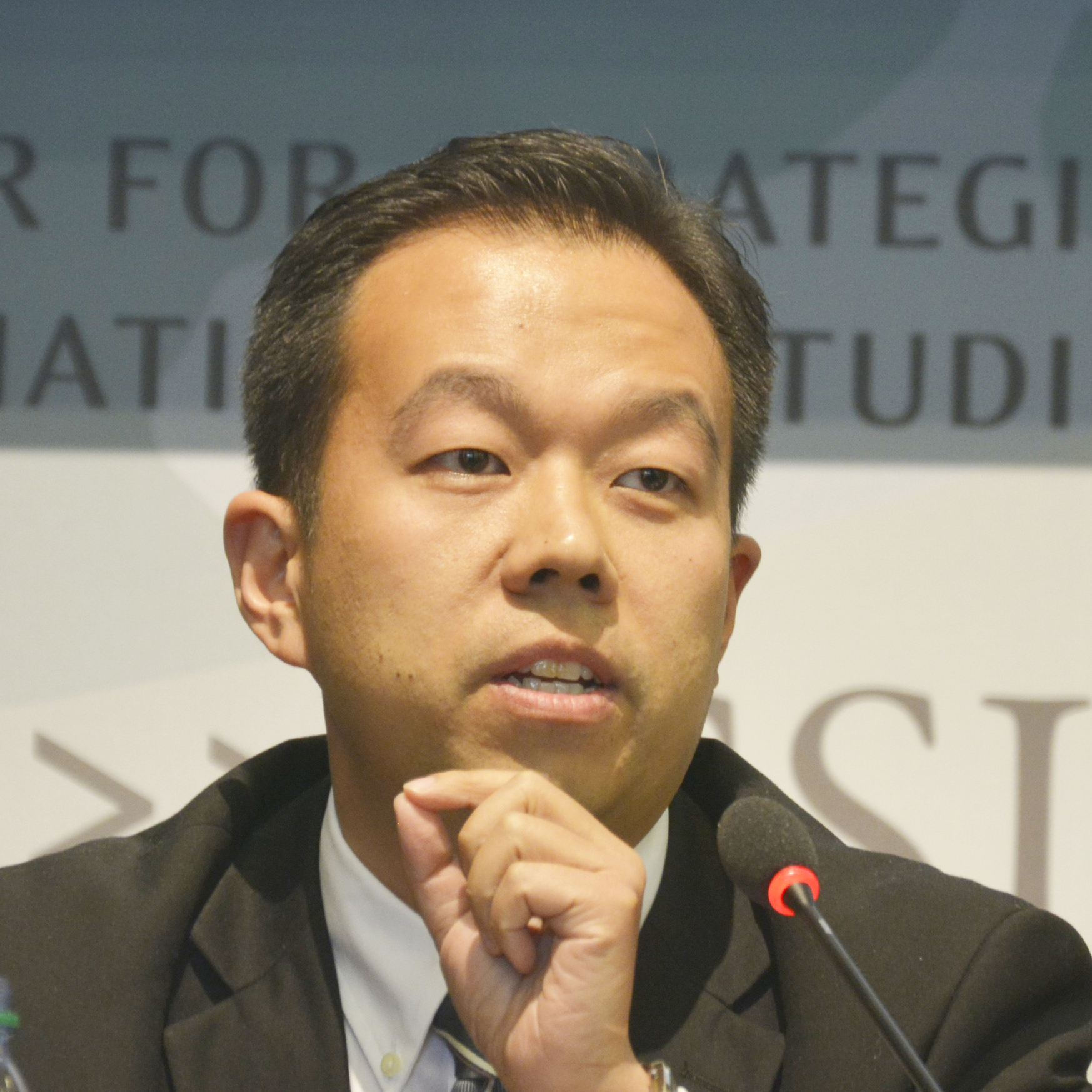










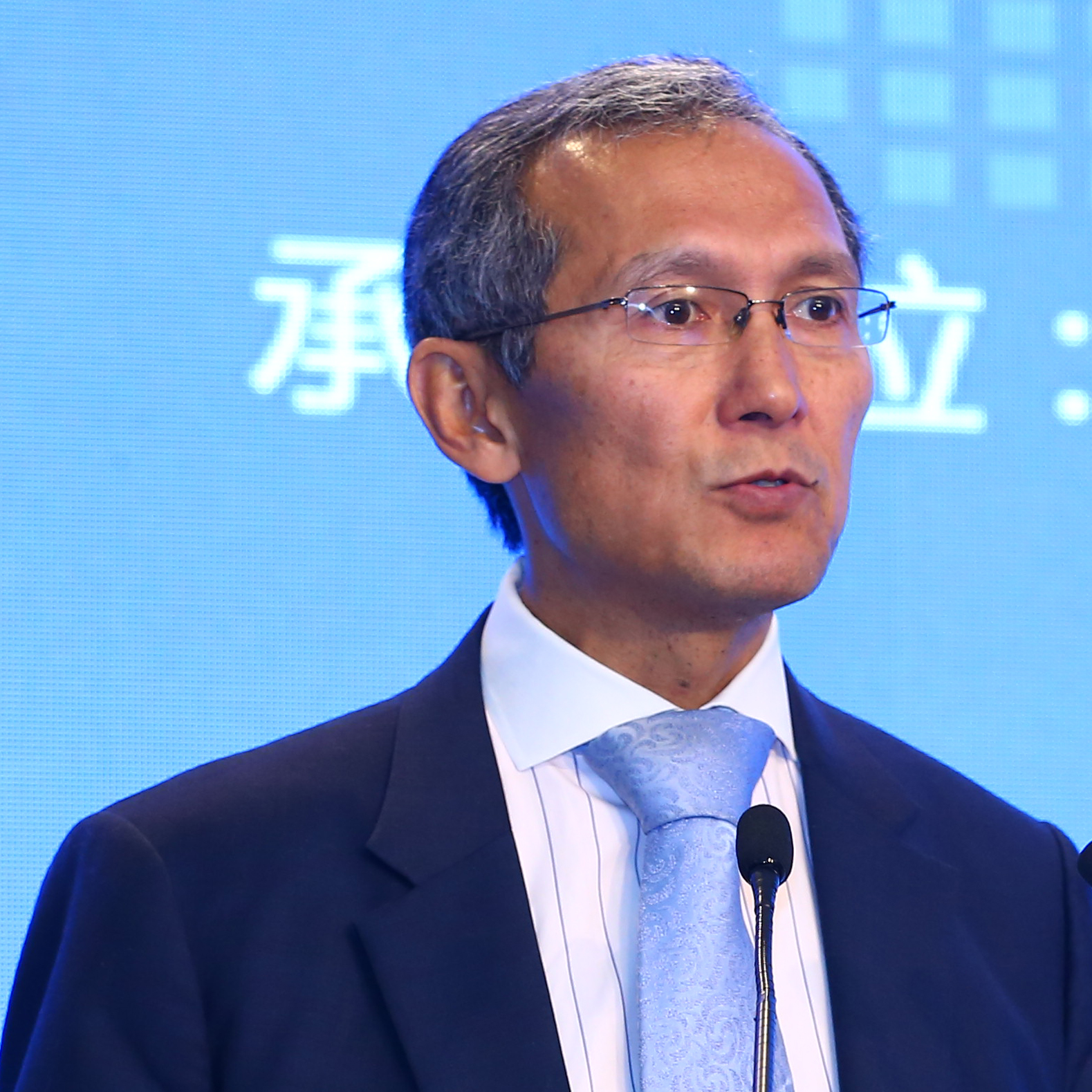


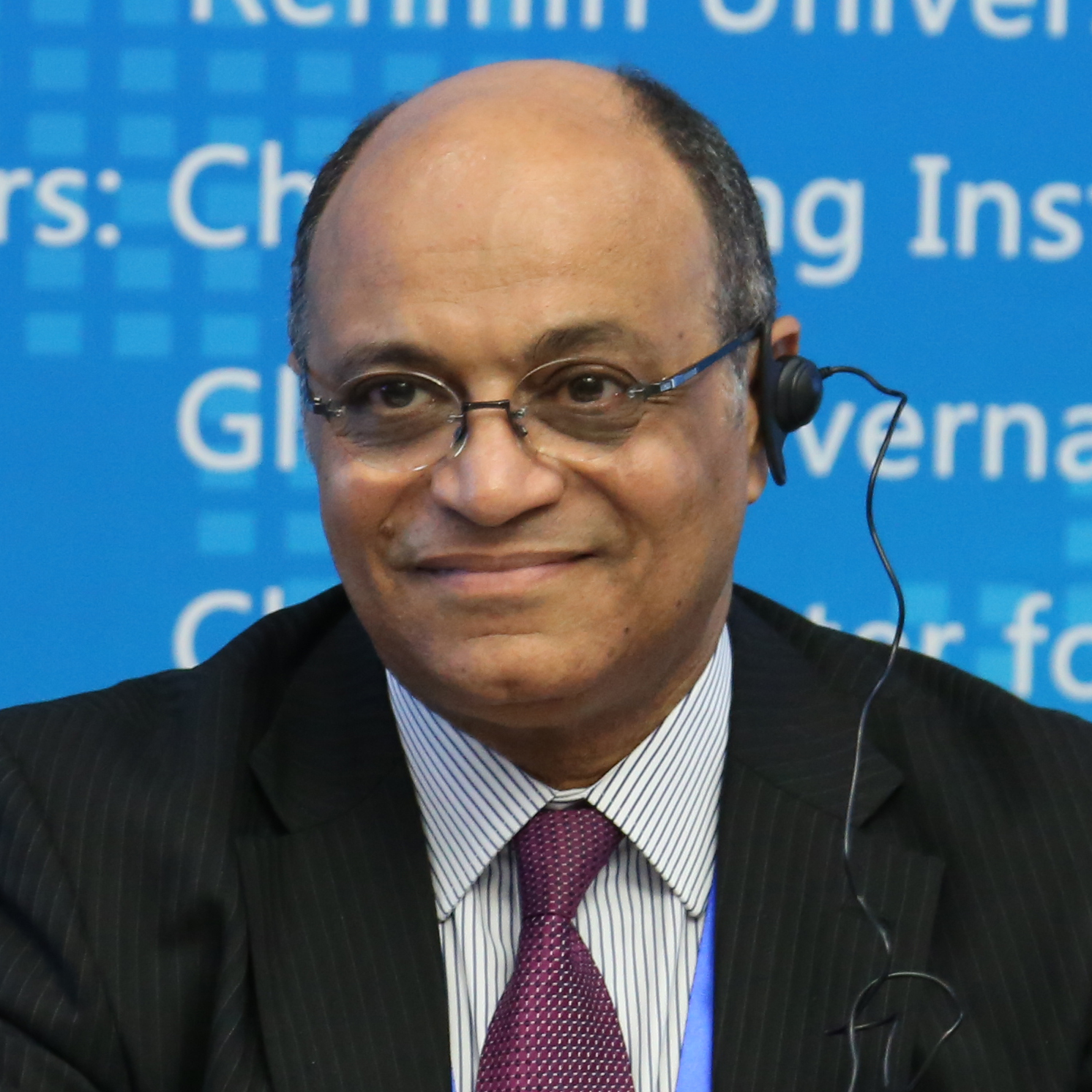













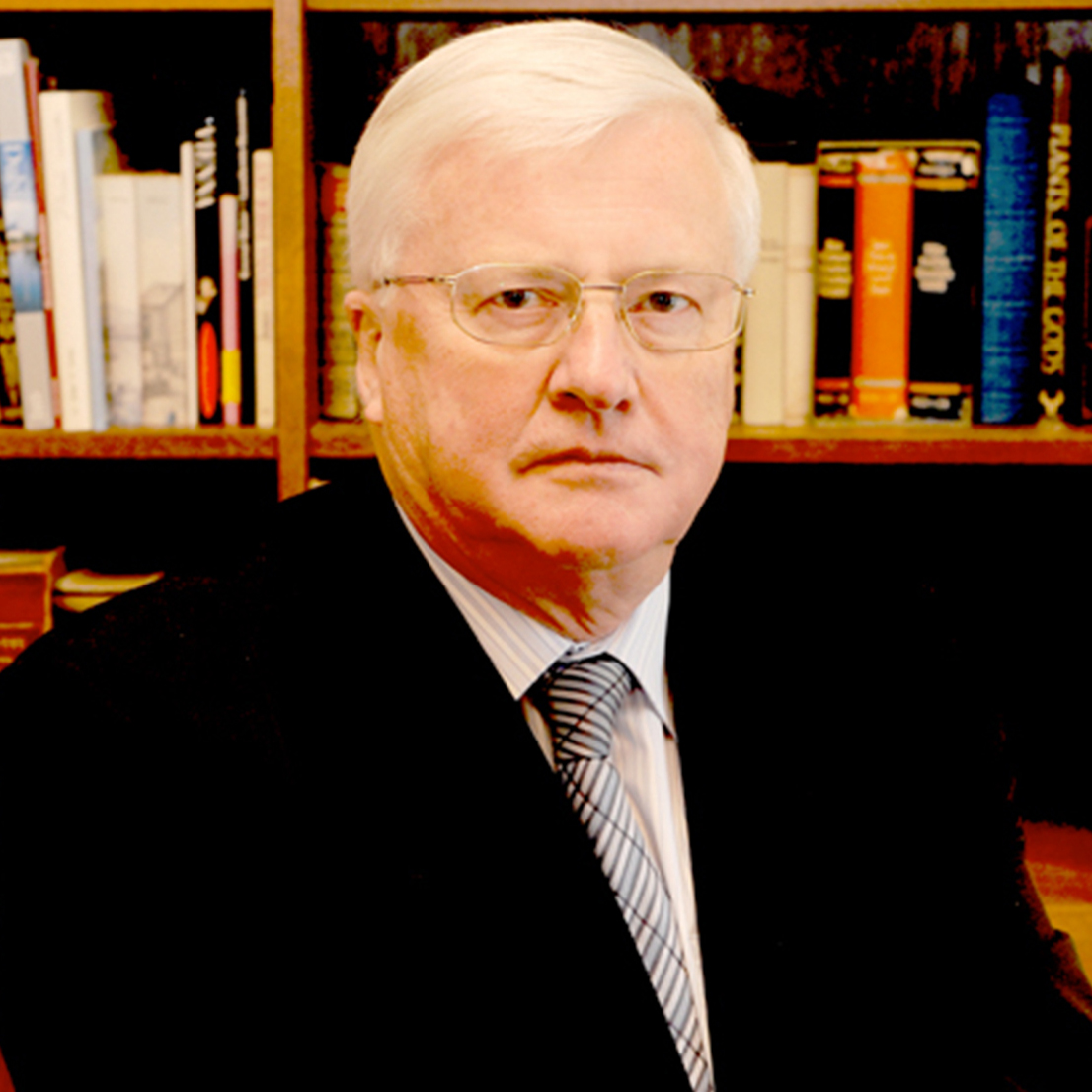
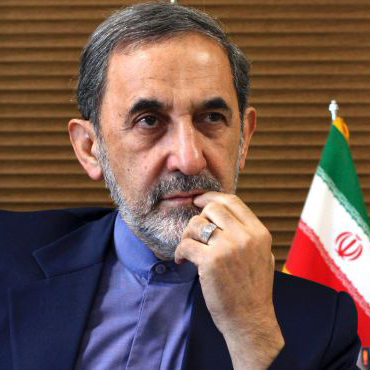




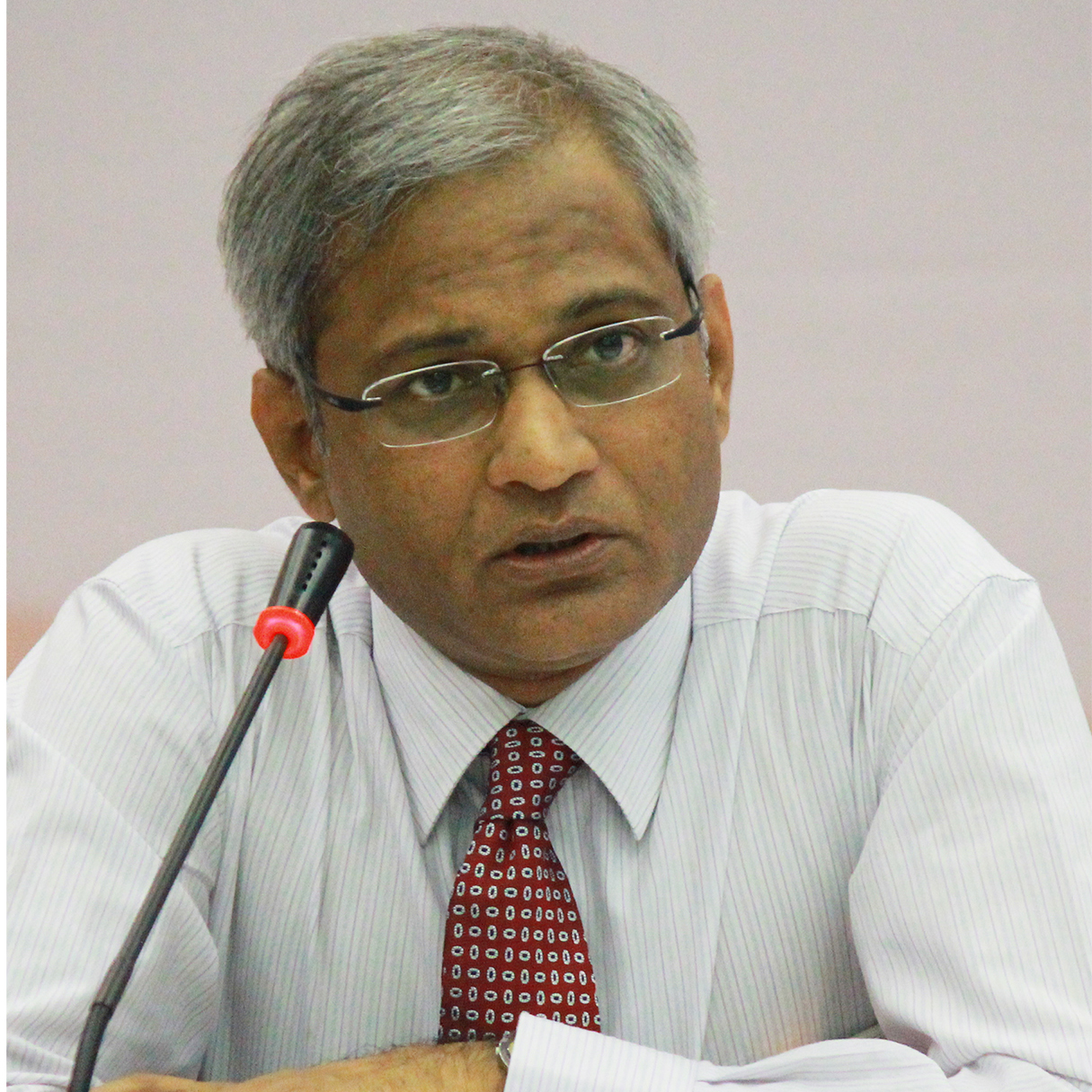
















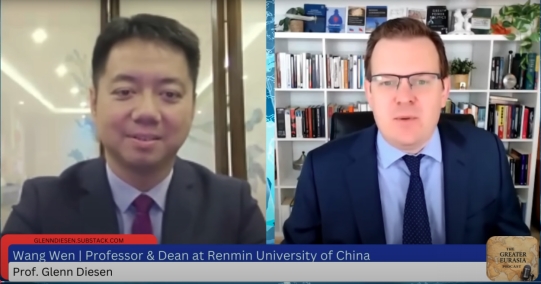
 京公网安备 11010802037854号
京公网安备 11010802037854号





